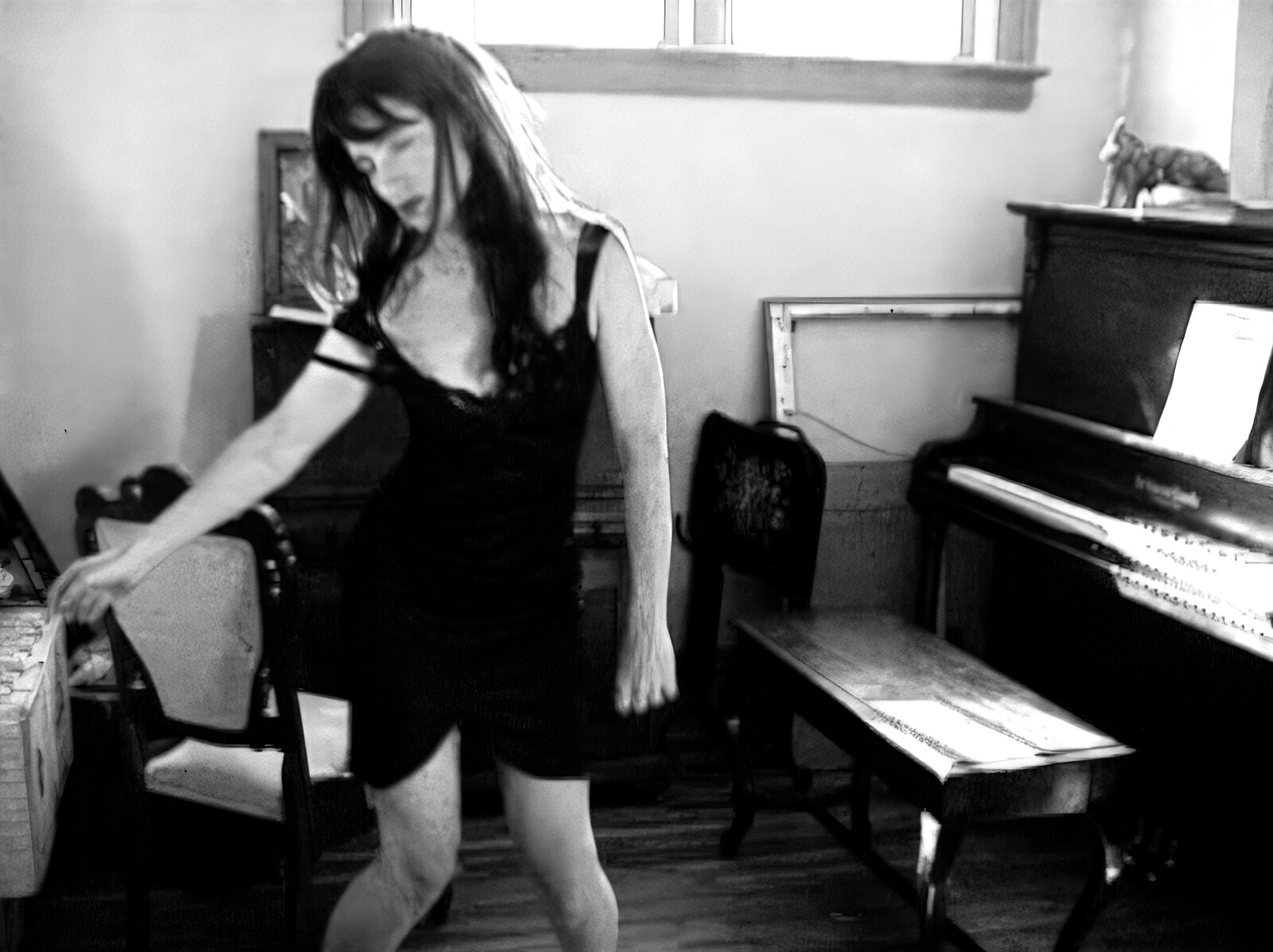Dream Machines
June 7–September 24, 2023
Druckereihalle Ackermannshof
Paul Sacher-Anlage 1
4058 Basel
Switzerland
Hours: Tuesday–Sunday 11am–6pm,
Thursday 11am–9pm
tinguelybasel.infos@roche.com
The Canadian artist duo Janet Cardiff (b. 1957) and George Bures Miller (b. 1960) create installations that activate all the senses. Museum Tinguely’s Dream Machines exhibition is the first show in Switzerland to present a wide-ranging overview of the duo’s work, from their first interactive soundscapes to their most recent immersive—and dystopian—spatial installations. Their works are homages to cultural practices steeped in tradition such as cinema, theatre, and live music-making. Those ready to encounter these intricate, mixed-media works in situ between June 7 and September 24, 2023 are in for a deep dive into worlds full of dreams and poetry. As of 1 July 2023 the exhibition will be flanked by an extra muros installation in the Druckereihalle Ackermannshof in Basel.
The artist duo launched their now over thirty-year-long career with binaural, on-site, walkman cassette “audiowalks” before turning to CDs and since 2000 using various video devices creating a simple form of augmented reality. These perambulatory works have been described as a type of interactive physical cinema. Like our sense of smell, our acoustic memory is an accurate, high-capacity storage and retrieval system, which influences our perception and which in its openness, corporeality, and associative capacity might even be superior to our visual memory. The artists take full advantage of the auditory creating a wonderfully unbounded, open-ended walk that interacts with the physical surroundings heightening all the senses but at the same time seems very much like a meditative trance.
Cardiff and Miller have used various technical approaches to sound. Their first major musical installation, The Forty Part Motet (2001), pioneered the use of separate audio tracks, recording the voices of 40 individual singers, which were played back in unison. This work developed out of a famous piece of sacred choral music, Thomas Tallis’s motet Spem in Alium (around 1570) scored for eight five-part choirs. The forty loudspeakers are arranged in an oval, each speaker an individual singer, simulating a virtual choir where the movement of the voices around the space creates an almost physical sculptural experience. Visitors can deconstruct the composition by moving around the room, tuning into individual voices, or experiencing the totality of the composition.
To touch (1993), The Cabinet of Curiousness (2010), and Experiment in F# Minor (2013) play with a different approach using movement-activated sound. The works are silent until the audience interacts with them. Here, these compositional works come alive as the visitors pull out a drawer from the cabinet or trigger sound effects, melodies, musical compositions, or whispering voices as they explore the tables.
Cardiff and Miller’s creations are driven by their fascination with imaginative cultural practices such as writing and storytelling, film, performance and theatre, including puppet theatre, opera, and music generally. They work deliberately with the subconscious and with dreams that open up fantastical and often disruptive associative spaces. The Instrument of Troubled Dreams (2018), for example, provides the raw material for the audience to compose almost limitless compositions. The seventy-two keys of the original Mellotron, an analog proto-sampler, are in Cardiff Miller’s digital Mellotron attached to the most diverse ambisonic sounds and music ranging from raindrops hammering on a roof to an organ or choirs, from barking dogs to an exchange of gunshots. These can be combined or played in a certain sequence in order to create imaginary film soundtracks.
The Muriel Lake Incident (1999), meanwhile, transplants us into a miniature cinema, although the headphones provide more than just the soundtrack of the film being screened. The spatially acoustic (binaural) underpinning of crunching popcorn, rustling crisp bags, and whispering also gives us the auditory illusion of being part of a whole cinema audience. This blurring of narrative levels makes viewers themselves part of the action.
Janet Cardiff and George Bures Miller have often remarked on their fascination with Tinguely’s seemingly autonomous machines and describe him as one of their most important influences. As Museum Tinguely does with its presentation of his works, they also provide a red button that visitors can press to set in motion the sinister spectacle of The Killing Machine (2007). Inspired by Franz Kafka’s short story In der Strafkolonie (1919), this work features two robot arms performing a grim “danse macabre” that entails needling an imaginary victim trapped in a dentist’s chair.
Another work, which is also started with a button, is the Sad Waltz and the Dancer Who Couldn’t Dance (2015). The female puppet’s movement is so intimate and anthropomorphic that when the aggressive controlling machine moves her in a clunky, disjointed dance, the viewer cannot help but feel empathy for her.
Finally, spatial installations such as Opera for a Small Room (2005) or Escape Room (2021) enable visitors to flee reality altogether by literally entering Cardiff & Miller’s own worlds. Installed with painstaking attention to detail, these rooms give the impression that their inhabitants might return at any moment. They are brought to life by carefully staged sound and lighting effects that fire the imagination and remind us of long-forgotten dreams.
The exhibition is a co-production of Museum Tinguely and the Lehmbruck Museum in Duisburg, where it was shown in the spring of 2022 in honor of the awarding to Cardiff & Miller of the 2020 Wilhelm Lehmbruck Prize—an accolade that Jean Tinguely himself was accorded in 1976.
The exhibition is accompanied by a richly illustrated 168-page catalogue published by Wienand Verlag. Videos and audio files of the works presented in the exhibition can be accessed via QR codes. In numerous statements, Janet Cardiff’s and George Bures Miller’s companions, among them Kasper König, Carolyn Christov-Bakargiev and Dr. Söke Dinkla, report on personal encounters and joint projects and thus vividly and personally trace important stages in the life of the artist couple. The catalogue is available in bookshops and for 35 CHF in the museum shop. ISBN: 9783868326932 (EN)




